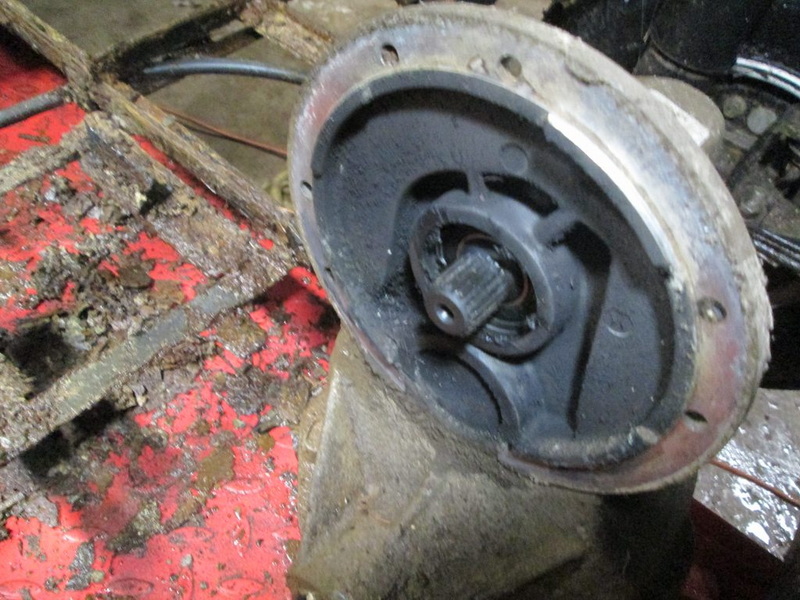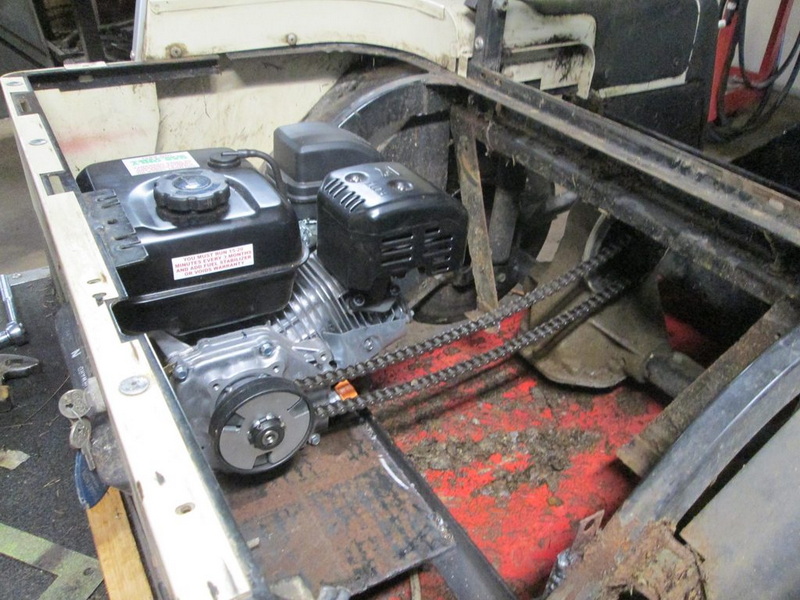Content Menu
● Understanding the Conversion Process
● Steps to Check Electric Golf Cart for Gas Conversion
>> Assess Your Golf Cart Model
>> Gather Necessary Tools and Materials
>> Safety Precautions
● Detailed Conversion Steps
>> Step 1: Remove Electric Components
>> Step 2: Install the Gas Engine
>> Step 3: Install Fuel Tank
>> Step 4: Configure Electrical System
>> Step 5: Testing and Fine-Tuning
● Additional Considerations for Conversion
>> Choosing the Right Engine
>> Modifications for Performance Enhancement
● Environmental Considerations
● Conclusion
● FAQ(Questions & Answers)
>> 1. What are the benefits of converting an electric golf cart to gas?
>> 2. Is it legal to convert an electric golf cart to gas?
>> 3. How much does it cost to convert an electric golf cart?
>> 4. Can I do this conversion myself?
>> 5. What maintenance does a gas golf cart require compared to an electric one?
Converting an electric golf cart to a gas-powered one can be a rewarding project, especially for those looking to enhance performance or extend the life of an older cart. This article will guide you through the process of checking the feasibility of such a conversion, the necessary steps involved, and what components you will need. We will also cover safety precautions and provide a conclusion along with frequently asked questions.

Understanding the Conversion Process
Before diving into the specifics, it's essential to understand why someone might want to convert an electric golf cart to gas. Gas-powered golf carts generally offer:
- Longer Range: They can run longer without needing to recharge.
- Higher Speed and Power: Gas engines typically provide more torque and speed, making them suitable for hilly terrains.
- Quick Refueling: Unlike electric carts that require hours to charge, gas carts can be refueled in minutes.
However, converting a golf cart from electric to gas is not a simple task and requires careful planning and execution.
Steps to Check Electric Golf Cart for Gas Conversion
Assess Your Golf Cart Model
Not all electric golf carts are suitable for conversion. Research your specific model to determine if it can accommodate a gas engine.
- Popular Models for Conversion: EZGO, Club Car, and Yamaha are commonly converted due to their robust frames and availability of parts.
Gather Necessary Tools and Materials
Before starting the conversion, gather all necessary tools and components:
- Tools Required:
- Socket set
- Wrenches
- Screwdrivers
- Drill
- Jack stands
- Materials Needed:
- Gas engine (e.g., Predator 212)
- Fuel tank
- Fuel lines
- Exhaust system
- Mounting brackets
- Throttle cable
- Ignition system
Safety Precautions
Safety should always come first when working on any vehicle. Ensure you take the following precautions:
- Disconnect the battery before starting any work.
- Wear safety goggles and gloves.
- Work in a well-ventilated area, especially when dealing with fuel.

Detailed Conversion Steps
Step 1: Remove Electric Components
Begin by removing the electric motor, batteries, and any wiring associated with the electric system.
- Disconnect the Battery: Always start by disconnecting the battery to prevent electrical shocks.
- Remove Electric Motor: Unscrew and detach the motor from its mount. This may involve unbolting it from the frame.
Step 2: Install the Gas Engine
Once you have removed all electric components, it's time to install your gas engine.
- Mounting the Engine: Position the gas engine in place of the old motor. Use mounting brackets to secure it firmly.
- Connect Fuel Lines: Install fuel lines from the tank to the engine, ensuring there are no leaks.
Step 3: Install Fuel Tank
The fuel tank needs a secure location that is easily accessible for refueling.
- Positioning: Depending on your cart's design, you may need to drill holes for mounting or modify existing compartments.
Step 4: Configure Electrical System
Although you are converting to gas, some electrical components will still be necessary for starting and operating the engine.
- Ignition System: Install an ignition system compatible with your gas engine.
- Throttle Control: Connect a throttle cable from your pedal to the new engine.
Step 5: Testing and Fine-Tuning
After everything is installed, it's crucial to test your newly converted golf cart.
- Initial Start-Up: Check all connections and start your engine. Listen for any unusual sounds.
- Adjustments: Fine-tune settings like carburetor adjustments or throttle response as needed.

Additional Considerations for Conversion
Choosing the Right Engine
Selecting an appropriate gas engine is critical for successful conversion. Here are some factors to consider:
- Power Requirements: Determine how much power you need based on your typical use (e.g., flat courses vs. hilly terrain).
- Engine Size: Ensure that the engine fits within the existing frame without requiring extensive modifications.
- Compatibility with Existing Components: Some engines may require specific mounts or modifications that could complicate installation.
Modifications for Performance Enhancement
After successful conversion, many owners look for ways to enhance their gas golf cart's performance further:
- Upgrading Suspension: A better suspension system can improve handling and comfort on rough terrains.
- Tires Selection: Choosing appropriate tires can enhance traction and stability on various surfaces.
- Performance Exhaust Systems: Upgrading exhaust systems can improve airflow and increase horsepower.
Environmental Considerations
While converting from electric to gas may provide performance benefits, it's essential to consider environmental impacts:
- Emissions: Gas engines produce emissions that can contribute to air pollution. Consider using cleaner-burning fuels or exploring hybrid options if available.
- Noise Pollution: Gas-powered carts tend to be noisier than their electric counterparts. This could be a concern in residential areas or quiet golf courses.
Conclusion
Converting an electric golf cart to gas power can breathe new life into an old vehicle while providing enhanced performance features. However, this process requires careful planning, appropriate tools, and adherence to safety measures. Always ensure that you have researched thoroughly about your specific golf cart model before proceeding with any modifications.
With proper execution, this project can lead not only to improved functionality but also a deeper understanding of mechanical systems involved in golf carts. Whether you're looking for better range or increased speed, converting your golf cart may just be the solution you need.

FAQ(Questions & Answers)
1. What are the benefits of converting an electric golf cart to gas?
Converting offers longer range, quicker refueling times, and often better power for hilly terrains.
2. Is it legal to convert an electric golf cart to gas?
Yes, but check local regulations regarding emissions and modifications before proceeding.
3. How much does it cost to convert an electric golf cart?
Costs can vary widely based on parts used but typically range from $1,500 to $5,000 depending on complexity.
4. Can I do this conversion myself?
If you have mechanical skills and tools, yes; however, consulting with professionals is advisable if you're unsure.
5. What maintenance does a gas golf cart require compared to an electric one?
Gas carts generally require regular oil changes and engine maintenance while electric carts need battery upkeep.











































